
Join PhoeniciaOrg Twitter for alerts on new articles : Visit our Facebook Page for additional, new studies : Phoenician Alphabet, Mother of Modern Writing
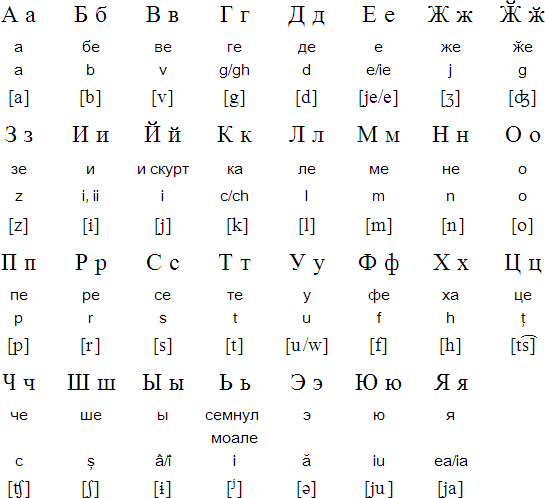

Have you ever seen some Russian writing and tried to pronounce it like it looks, even though you know probably none of those letters are pronounced like the Latin alphabet letter they look like?
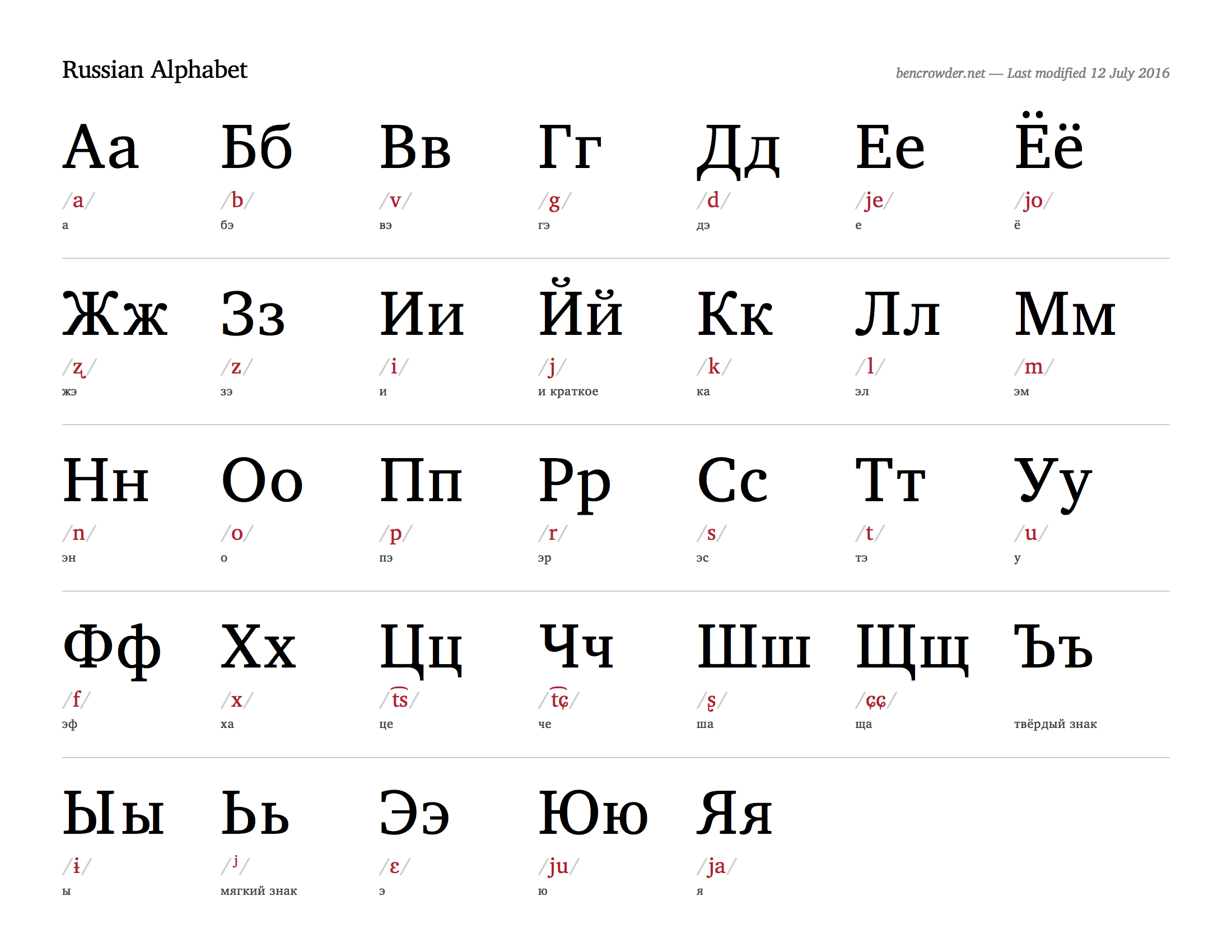
Free Beginning Russian Course: Lessons on alphabet, grammar, vocabulary, speaking, reading and writing.
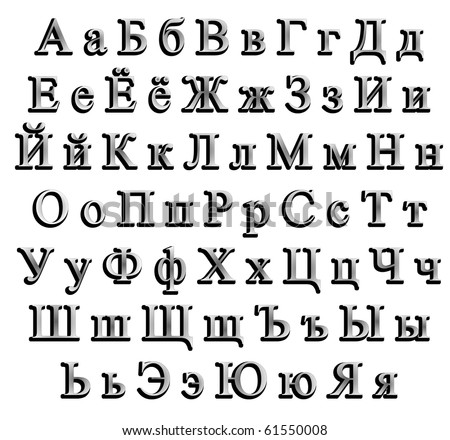
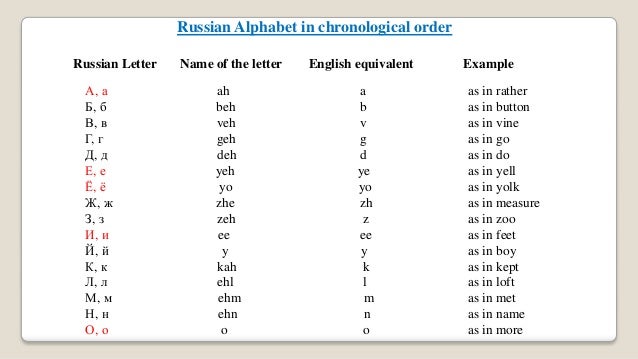

An alphabet is a standard set of letters (basic written symbols or graphemes) that is used to write one or more languages based upon the general principle that the letters represent phonemes (basic significant sounds) of the spoken language.
The Russian alphabet uses Cyrillic symbols and consists of 33 letters: 10 vowels, 21 consonants and 2 letters which do not have a sound (instead, they just make the precedeing letter sound harder or softer).
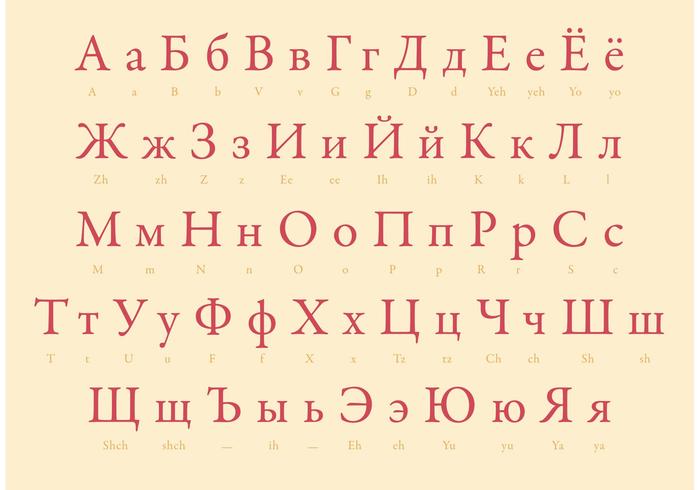
The Russian alphabet consists of 33 letters, 20 of which are consonants, 11 are vowels and two are signs (the soft sign and the hard sign). The alphabet is adopted from the Cyrillic alphabet which was invented in the 9th century in the First Bulgarian Empire.

The Russian Alphabet. Russian alphabet consists of 33 letters divided into 10 vowels, 21 consonants and 2 letters which do not designate any sounds.
Classification. Russian is an East Slavic language of the wider Indo-European family.It is a lineal [citation needed] descendant of the language used in Kievan Rus’, a loose conglomerate of East Slavic tribes from the late 9th to the mid 13th centuries.
The polish alphabet (“alfabet polski“) consists of 32 letters (23 consonants and 9 vowels). Unlike other slavic languages, the polish language (“język polski“) uses Latin Script with additional diacritics for the special polish phonemes (such as ą and ł).
